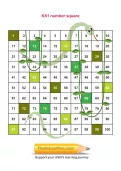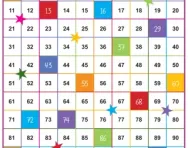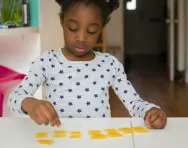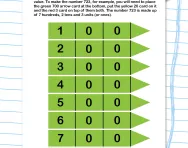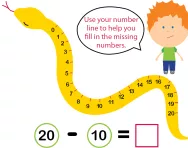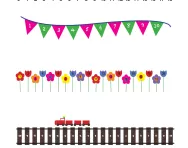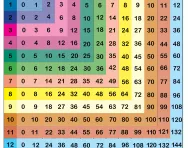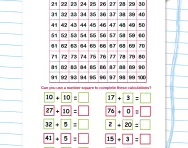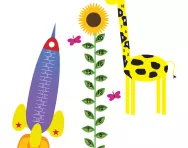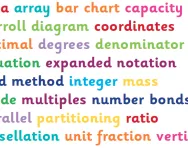Important update from TheSchoolRun
For the past 13 years, TheSchoolRun has been run by a small team of mums working from home, dedicated to providing quality educational resources to primary school parents. Unfortunately, rising supplier costs and falling revenue have made it impossible for us to continue operating, and we’ve had to make the difficult decision to close. The good news: We’ve arranged for another educational provider to take over many of our resources. These will be hosted on a new portal, where the content will be updated and expanded to support your child’s learning.
What this means for subscribers:
- Your subscription is still active, and for now, you can keep using the website as normal — just log in with your usual details to access all our articles and resources*.
- In a few months, all resources will move to the new portal. You’ll continue to have access there until your subscription ends. We’ll send you full details nearer the time.
- As a thank you for your support, we’ll also be sending you 16 primary school eBooks (worth £108.84) to download and keep.
A few changes to be aware of:
- The Learning Journey weekly email has ended, but your child’s plan will still be updated on your dashboard each Monday. Just log in to see the recommended worksheets.
- The 11+ weekly emails have now ended. We sent you all the remaining emails in the series at the end of March — please check your inbox (and spam folder) if you haven’t seen them. You can also follow the full programme here: 11+ Learning Journey.
If you have any questions, please contact us at [email protected]. Thank you for being part of our journey it’s been a privilege to support your family’s learning.
*If you need to reset your password, it will still work as usual. Please check your spam folder if the reset email doesn’t appear in your inbox.
Number square to 100
What is a number square?
A number square, also known as a number grid or number chart, is a visual representation of numbers arranged in a grid format. Typically, it consists of rows and columns with numbers arranged sequentially from left to right and top to bottom.
Why are number squares used for in primary school?
Number squares are used in primary schools for several reasons:
- Number recognition: number squares help young children recognise and familiarise themselves with the sequence of numbers from 1 to 100 or beyond. This foundational skill is crucial for further mathematical learning.
- Counting practice: number squares provide a structured format for children to practice counting by ones, twos, fives, or tens. This helps them develop fluency in counting and understanding number patterns.
- Number patterns: by visually seeing numbers arranged in a grid, children can identify and explore various number patterns, such as diagonal patterns, rows, columns, and skip counting.
- Addition and subtraction: number squares are useful for introducing basic addition and subtraction concepts. Children can use the grid to visually represent adding or subtracting numbers and understand the relationship between numbers.
- Introduction to multiplication: number squares can also be used to introduce basic multiplication concepts, such as identifying multiples of a number or finding patterns in multiplication tables.
How to use our number squares to 100
Print out our three number squares to help your child practise calculations at home, and find out more about how a number square is used in the primary-school classroom. You can use them for various activities (learning addition, multiplying etc.) and you can stick them up around the home to help with larger number recognition. 


If you are planning to use a number square to help with times tables practice in KS2, download our free multiplication square.
